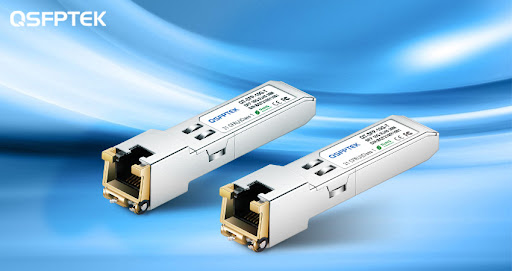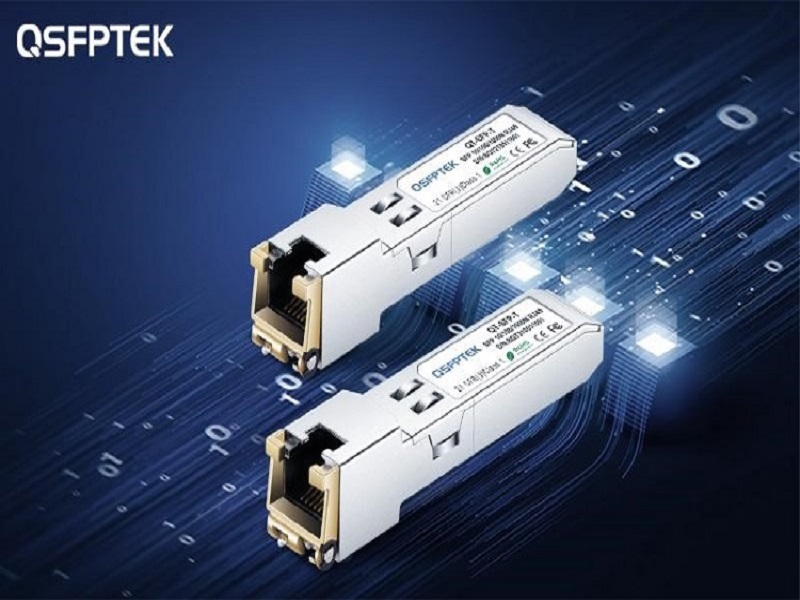What is a 10GBASE-T Module?
A 10GBASE-T module is a networking device that transmits data at 10 gigabits per second. It is used in many wired networks and can be used as a replacement for the 100MBASE-T module. The 10GBASE-T module uses twisted pair cables, which are cheaper and more versatile than coaxial cables, to transmit data.
A 10gbase-t module is a networking device that can be plugged into a network switch. It is used to transmit data at speeds of up to 10 gigabits per second. The 10GBASE-T module is typically used in high-end networks and it can be found in switches such as the Cisco Catalyst 6500 Series Switch. It is used to connect switches and computers. 10GBASE-T modules are also used to extend the length of a network by connecting multiple switches.
The Work Principle of the 10GBASE-T Module
10GBASE-T module is a technology that can transfer data at a rate of 10 gigabits per second. It is a type of Ethernet module. The work principle of the 10GBASE-T module is to form an electrical circuit between two devices by using two twisted copper wire pairs. This technology was first introduced in 1998 and it has been widely used since then.
The 10GBASE-T module is a network interface card that uses the 10GBASE-T standard to transmit data over twisted pair cabling. The twisted pair cabling is usually Cat5e or Cat6, but it can also be fiber optic cable. This module has four pairs of pins and it transmits data at a rate of 10 gigabits per second. The work principle of the 10GBASE-T module is that it transmits data over twisted pair cabling, which is usually Cat5e or Cat6, but can also be fiber optic cable. This module has four pairs of pins and transmits data at a rate of 10 gigabits per second.

The Advantages and Disadvantages of the 10GBASE-T Module
The 10GBASE-T module is a type of twisted pair Ethernet standard that is mainly used in high-speed networks. It has been developed to provide a means of increasing the data transmission rate of Ethernet networks. It can also be used to transmit data over longer distances than other types of twisted pair Ethernet standards such as 100BASE-TX or 1000BASE-T. This article will look at both the advantages and disadvantages that come with using this type of module.
10GBASE-T is a high-speed Ethernet standard that uses twisted-pair cable. It is capable of transmitting data at 10 Gbit/s over a distance of 100 meters.
The advantages of 10GBASE-T include higher bandwidth, lower power consumption and lower cost per port than other standards. The disadvantages include the requirement for specialized cabling and the need for more ports to achieve the same bandwidth as other standards.
10GBASE-T modules are advantageous in situations where there are strict requirements for data security and transmission distances are short or when there are few available ports on a switch or router.

Conclusion
This article describes several features of the 10GBASE-T copper module. First, we know that the 10GBASE-T copper module can run on a copper infrastructure, which means it can help data centers build 10G Ethernet at a very low cost. If you would like to learn more about the 10GBASE-T copper module, please contact QSFPTEK via sales@qsfptek.com. QSFPTEK is a company that specializes in optical modules and related products.
